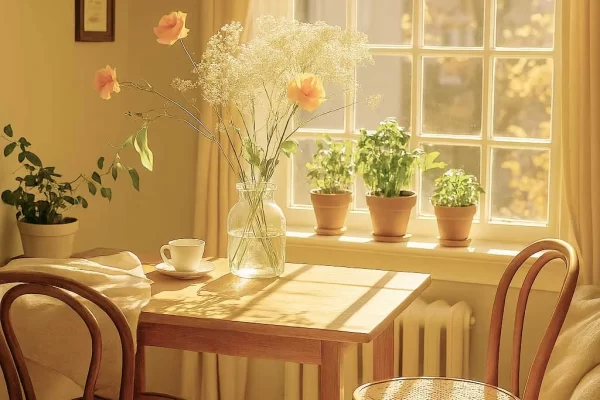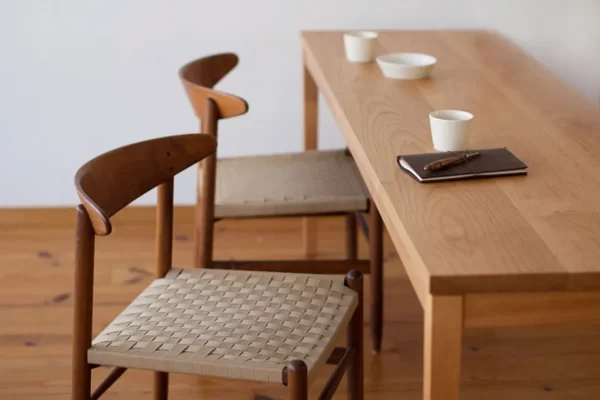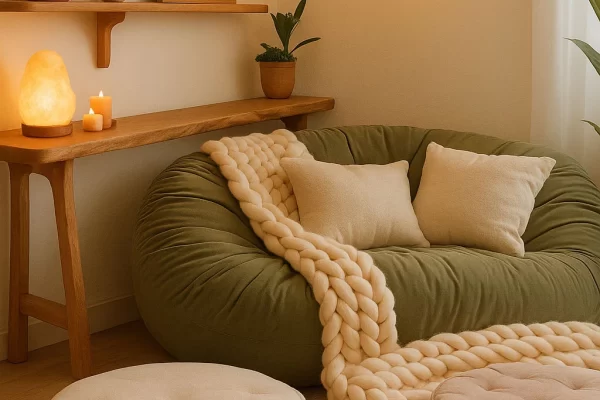Living walls have surged in popularity as more people seek to bring nature into urban and indoor spaces. These vertical gardens transform bare surfaces into lush, green focal points while offering numerous benefits. If you’re interested in creating a living wall but worry about maintenance, you’re in luck! Many plant varieties thrive with minimal care in vertical settings.
What Are Living Walls?

Living walls (also called green walls or vertical gardens) are structures intentionally covered with living plants. They can be installed indoors or outdoors, attached to existing walls, or designed as freestanding features.
Unlike green facades that typically involve climbing plants rooted at a wall’s base, living walls support various plant species directly on their vertical surface, often using specialized systems with containers or supporting materials.
Benefits of Living Walls
Living walls offer substantial advantages that explain their growing popularity:
Environmental Benefits:
- Purify air by absorbing carbon dioxide and VOCs while releasing oxygen
- Reduce surface temperatures by up to 10°C through evapotranspiration
- Decrease noise pollution by absorbing sound waves (up to 15 decibels)
- Enhance biodiversity by providing habitat for insects and birds
- Aid in stormwater management in urban areas
Aesthetic Benefits:
- Transform plain surfaces into visually striking features
- Add texture, color, and dimension to spaces
- Create a connection with nature in urban environments
- Increase property values (potentially 6-15%)
Well-being Benefits:
- Reduce stress levels
- Improve mood and productivity
- Create a sense of calm
- Enhance creativity
What Makes a Plant “Low-Maintenance” for Living Walls?

When selecting plants for living walls, certain characteristics make some varieties significantly easier to maintain than others:
- Drought tolerance: Plants that store water efficiently or require infrequent watering
- Adaptability to light conditions: Varieties that thrive in various light levels
- Hardiness: Ability to withstand fluctuating environmental conditions
- Pest and disease resistance: Natural resilience to common problems
- Slow growth rate: Plants that won’t quickly outgrow their space
- Minimal pruning needs: Varieties that maintain their form without frequent trimming
- Tolerance to varied watering: Flexibility with watering schedules
- Shallow root systems: Well-suited to the constraints of living wall structures
No single plant possesses all these traits, but choosing plants with several of these characteristics will contribute to a successful, low-maintenance living wall.
Popular Low-Maintenance Plants for Living Walls
Succulents
Succulents are ideal for living walls, especially in drier conditions, thanks to their ability to store water and their shallow root systems.
Popular varieties include:
- Echeverias: Rosette-shaped with diverse colors
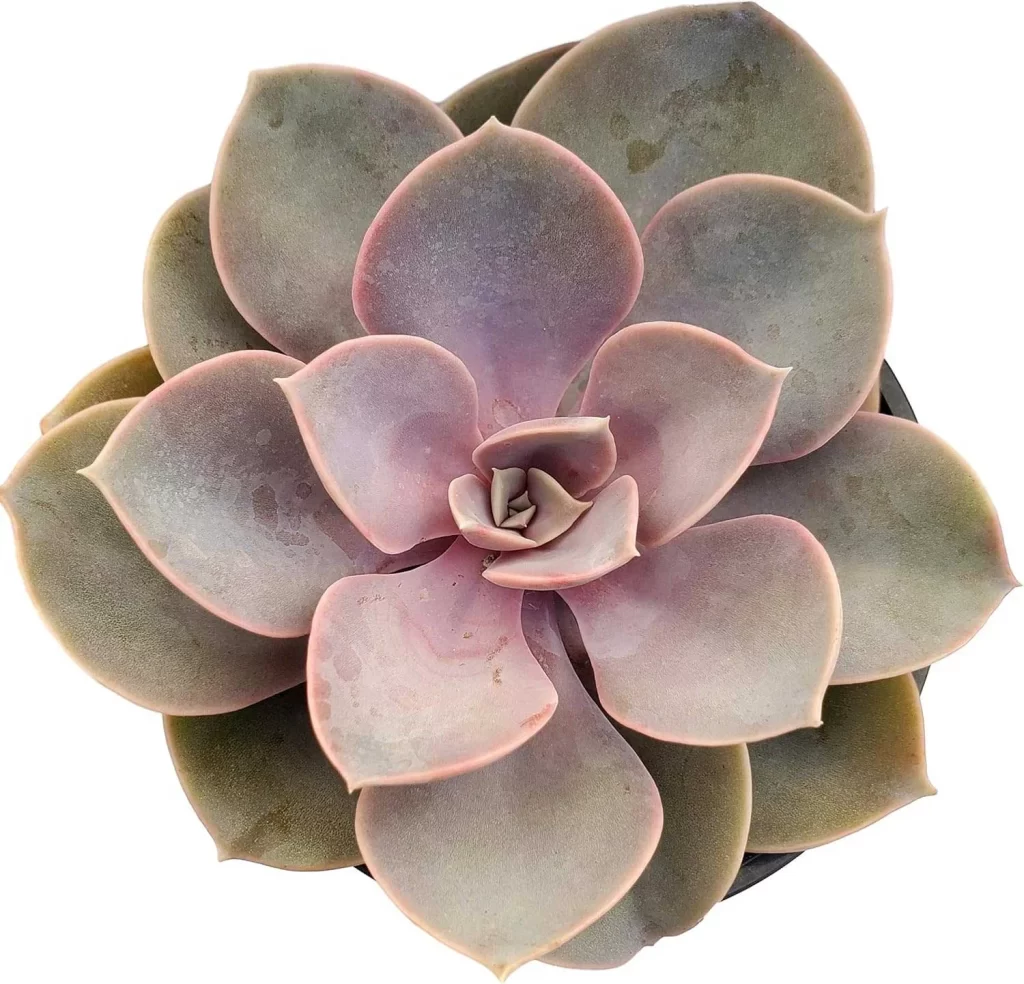
- Sedums (Stonecrop): Various forms and textures

- Jade Plant (Crassula ovata): Classic with fleshy leaves
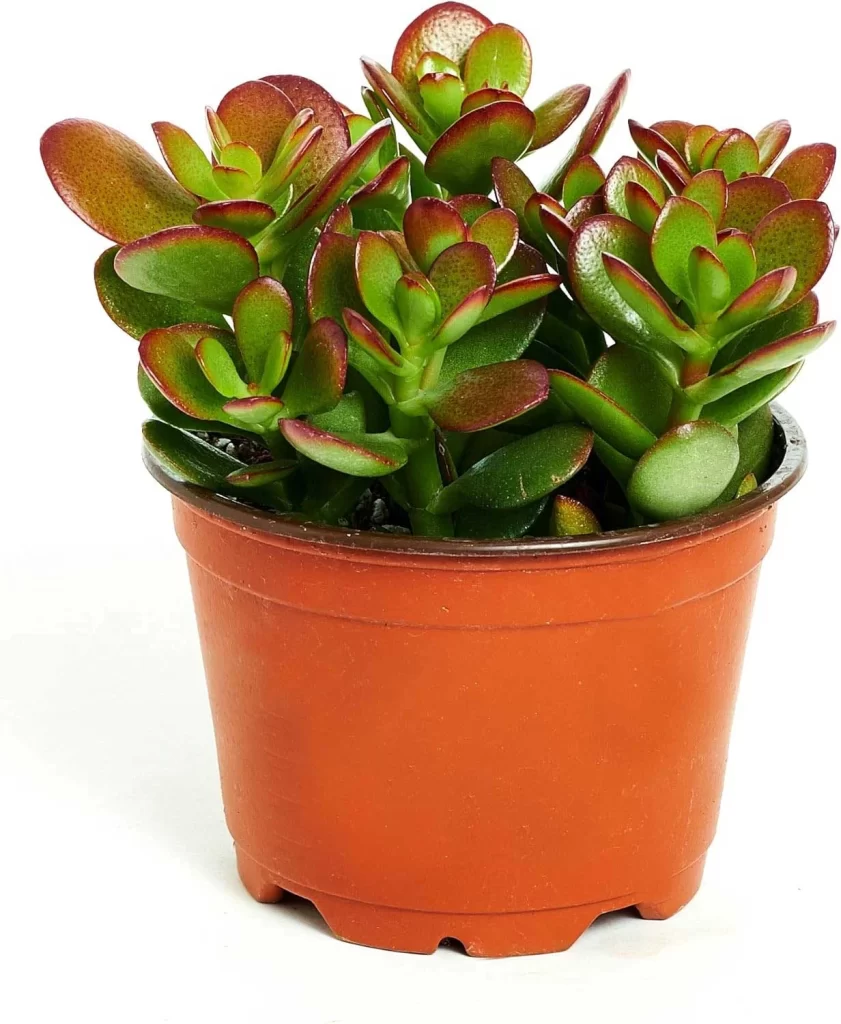
- Sempervivums (Hens and Chicks): Known for hardiness
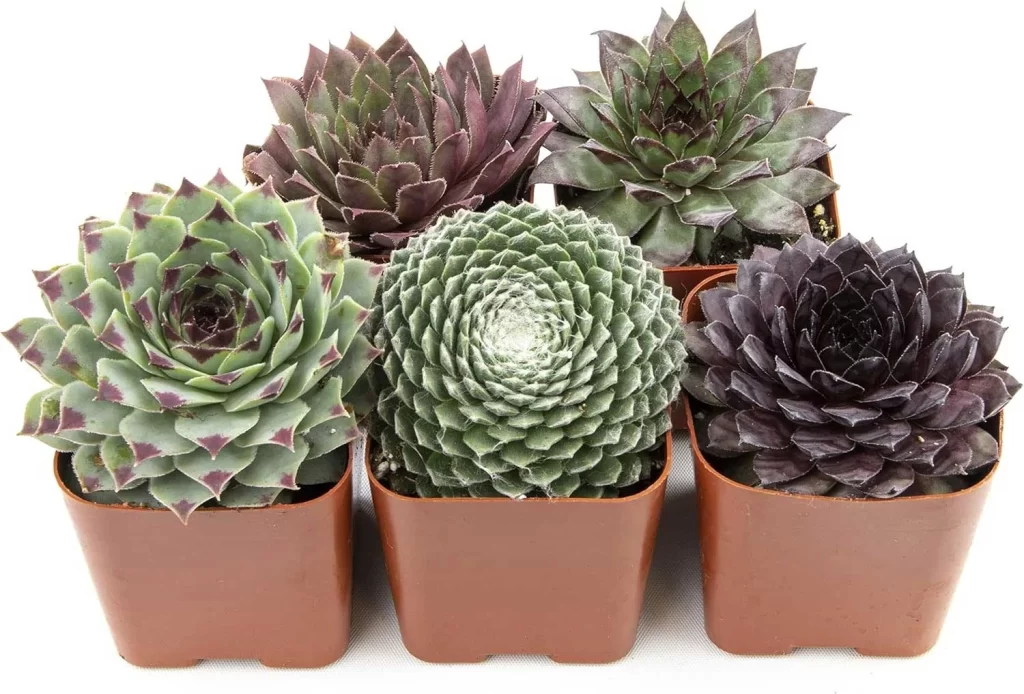
- Aloe vera: Architectural form with medicinal properties
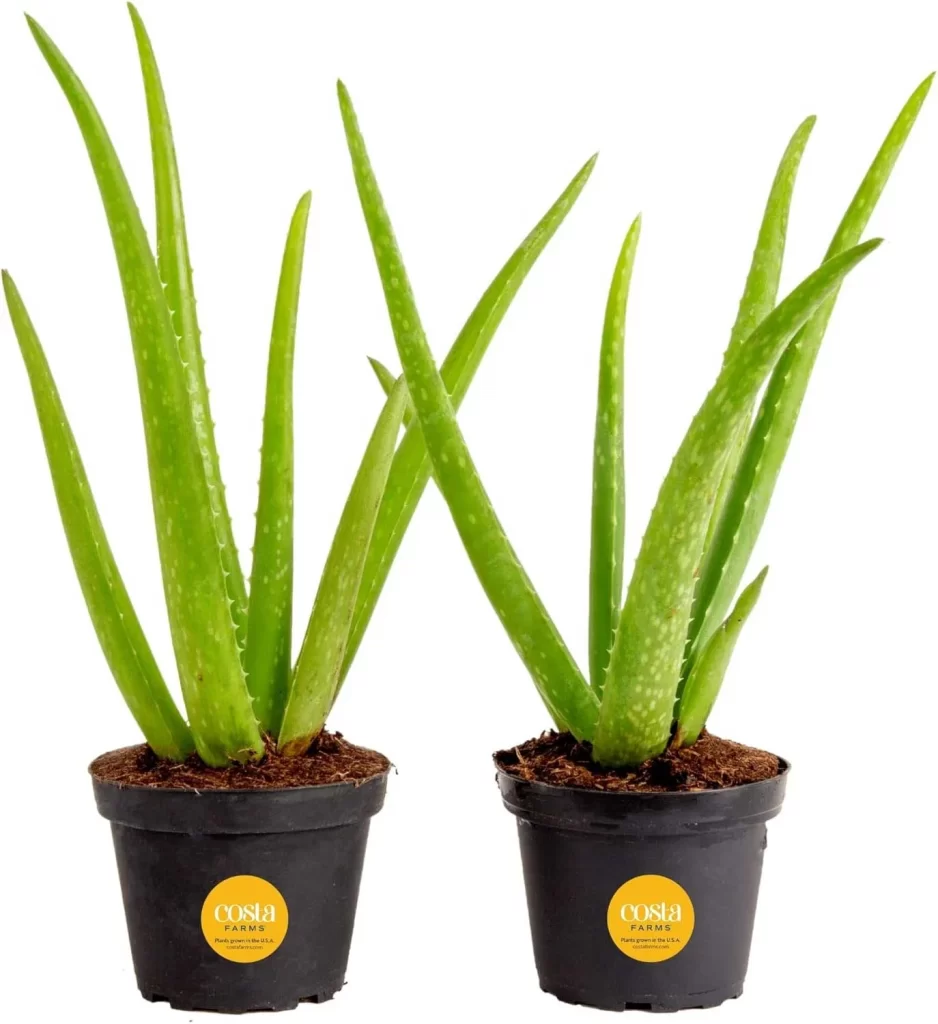
- Haworthia: Small, decorative varieties
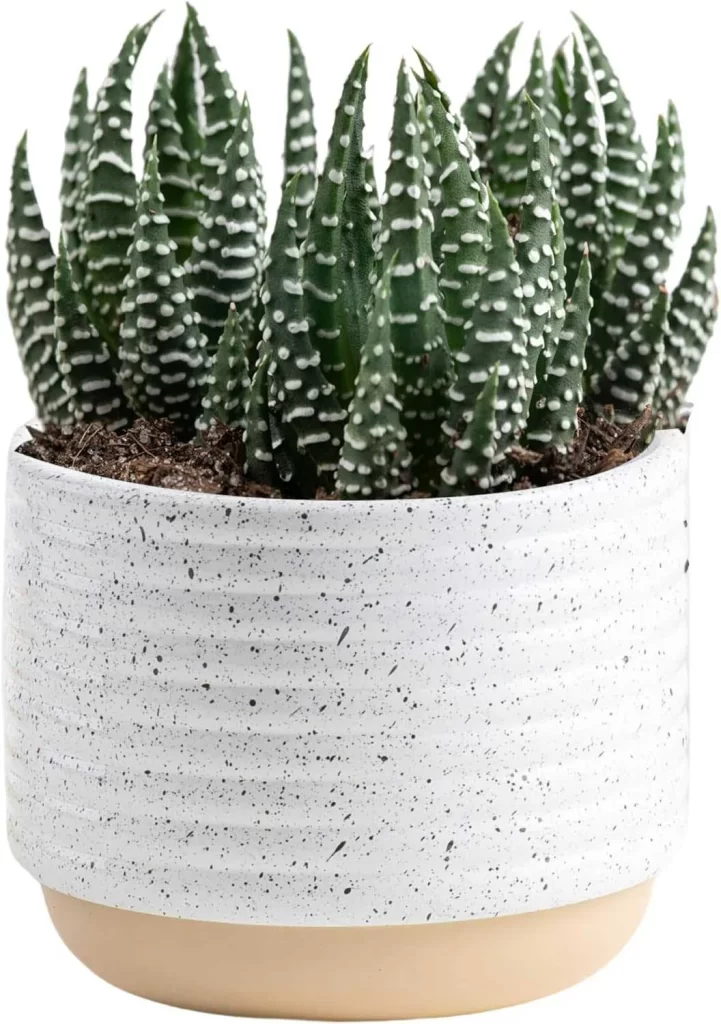
- String of Pearls (Senecio rowleyanus): Unique trailing habit
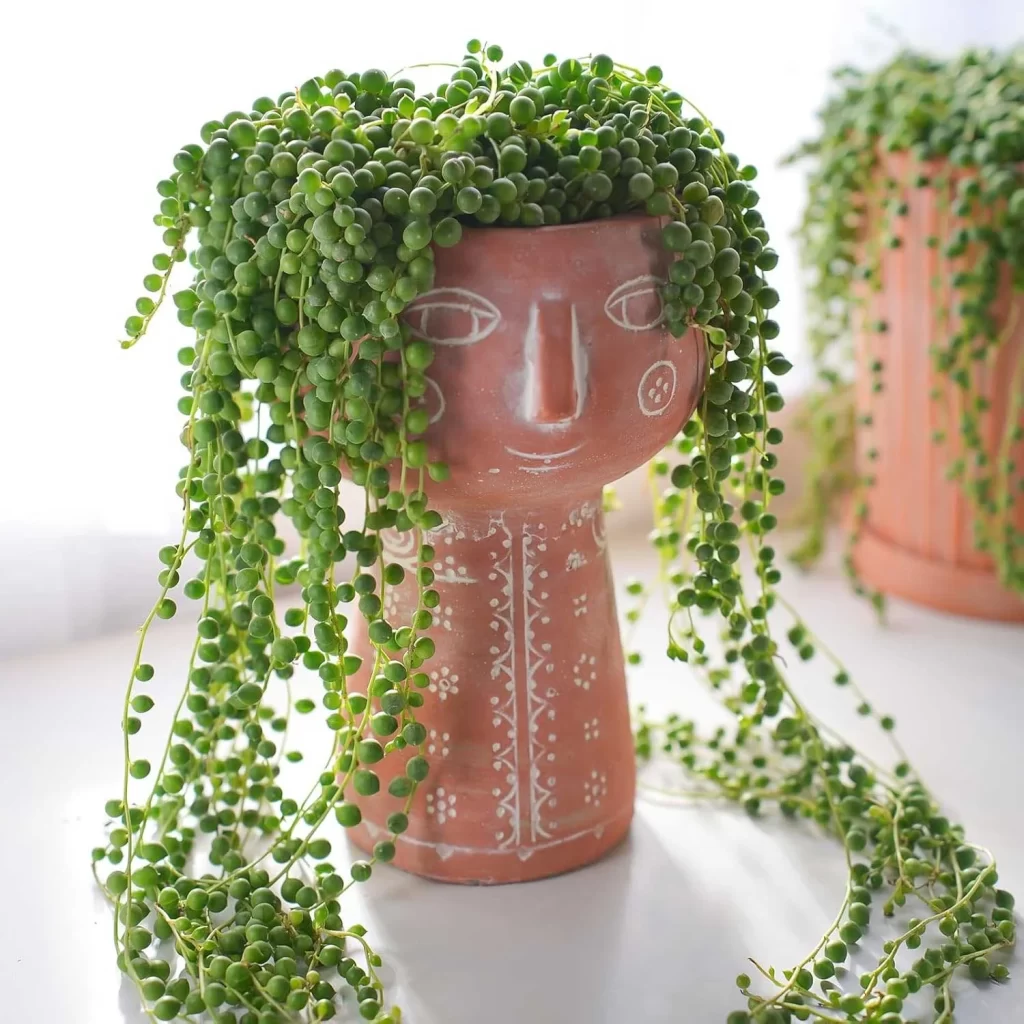
- Aeoniums: Often display striking colors

Succulents combine visual appeal with minimal water requirements, making them perfect for low-maintenance living walls.
Air Plants (Tillandsia)
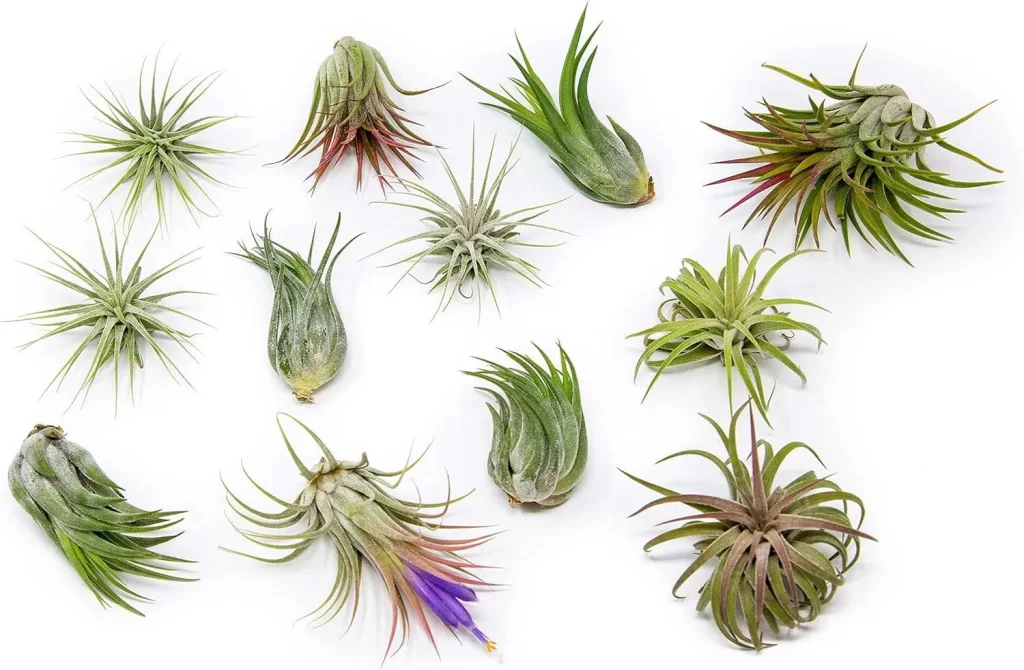
These fascinating plants require no soil, absorbing nutrients and moisture directly from the air through specialized structures on their leaves.
Care highlights:
- Simple maintenance – occasional misting or soaking
- Good air circulation prevents rot
- Perfect for creative, unconventional designs
- Visually striking and easy to manage
Trailing Plants
Pothos (Epipremnum aureum)
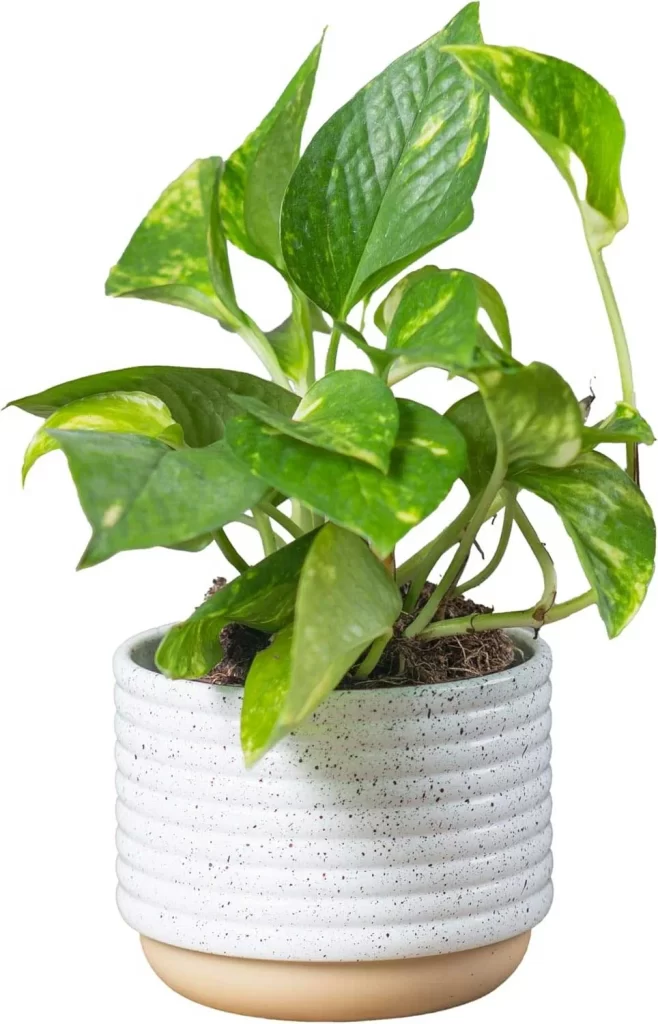
This adaptable houseplant is extremely popular for living walls due to:
- Exceptional adaptability to various light conditions, including low light
- General hardiness and resistance to pests
- Attractive trailing growth habit
- Air-purifying qualities
- Tolerance for occasional neglect in watering
Philodendron
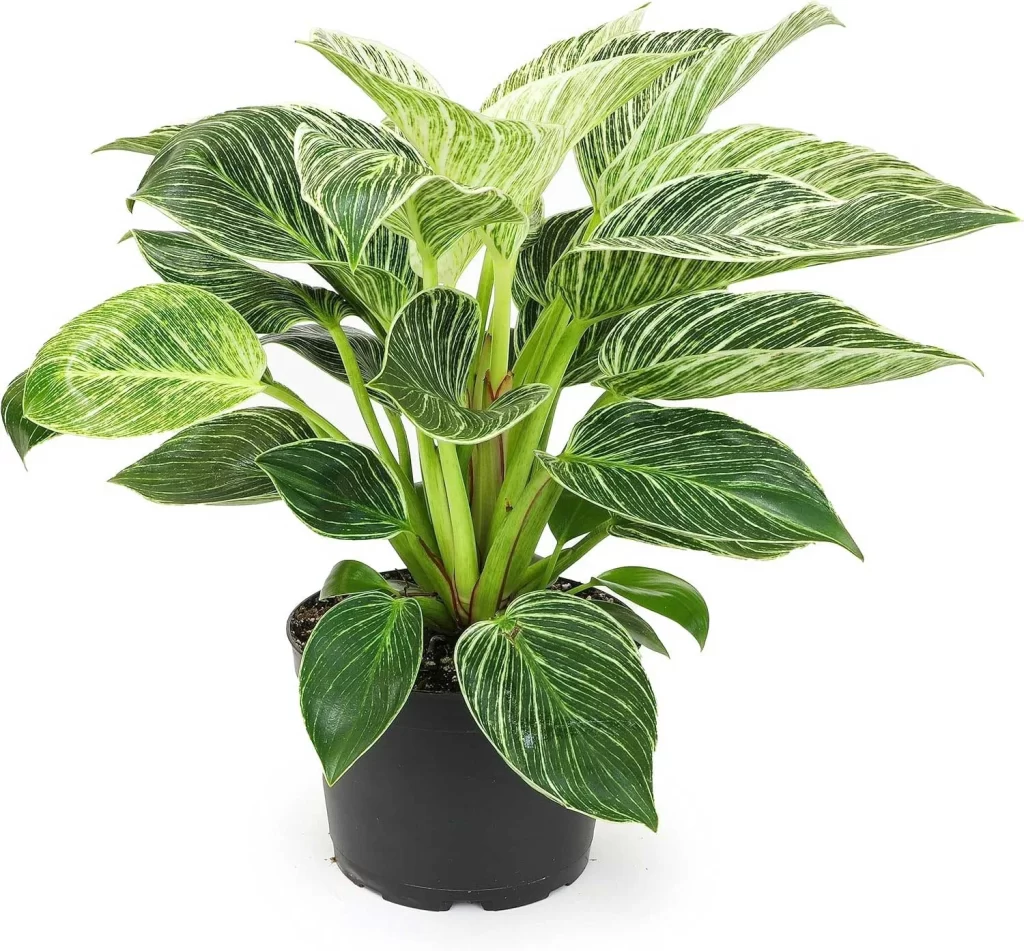
Similar to Pothos in ease of care, Philodendrons offer:
- Wide variety of leaf shapes and sizes
- Tolerance for low light conditions
- Excellent climbing ability for vertical walls
- Visual diversity
Popular varieties include:
- Heartleaf Philodendron (Philodendron hederaceum)
- Split-Leaf Philodendron (Monstera deliciosa)
- Philodendron ‘Brasil’ (variegated)
- Philodendron ‘Birkin’ (uniquely patterned)
Upright Plants
Snake Plant (Sansevieria trifasciata)
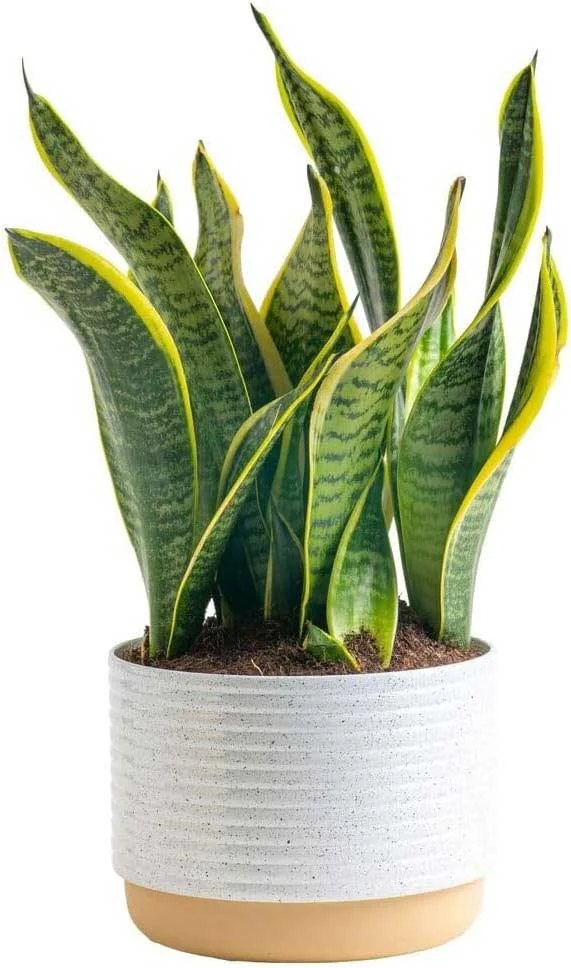
This exceptionally hardy plant offers:
- Remarkable drought tolerance
- Ability to thrive in very low light
- Air-purifying capabilities
- Upright, architectural growth habit
- Extreme resilience
ZZ Plant (Zamioculcas zamiifolia)
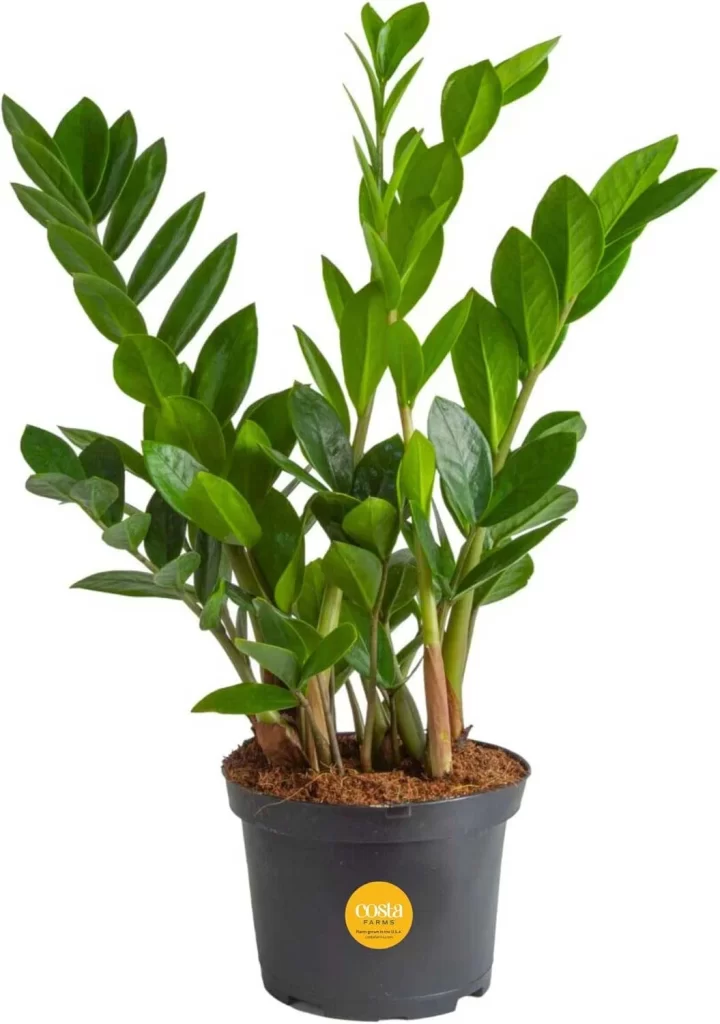
Another incredibly forgiving plant that:
- Survives very low light and drought conditions
- Grows slowly, requiring infrequent pruning
- Thrives even with neglect
- Works well for travelers or those seeking minimal maintenance
Ferns and Ivies
Easier-care Ferns
While some ferns can be demanding, these varieties are relatively low-maintenance:
- Boston Fern (Nephrolepis exaltata)
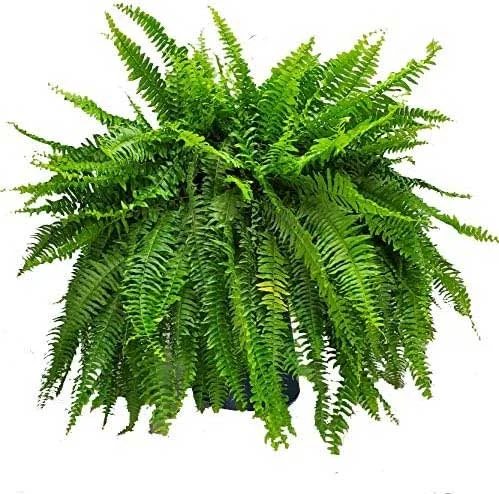
- Bird’s Nest Fern (Asplenium nidus)
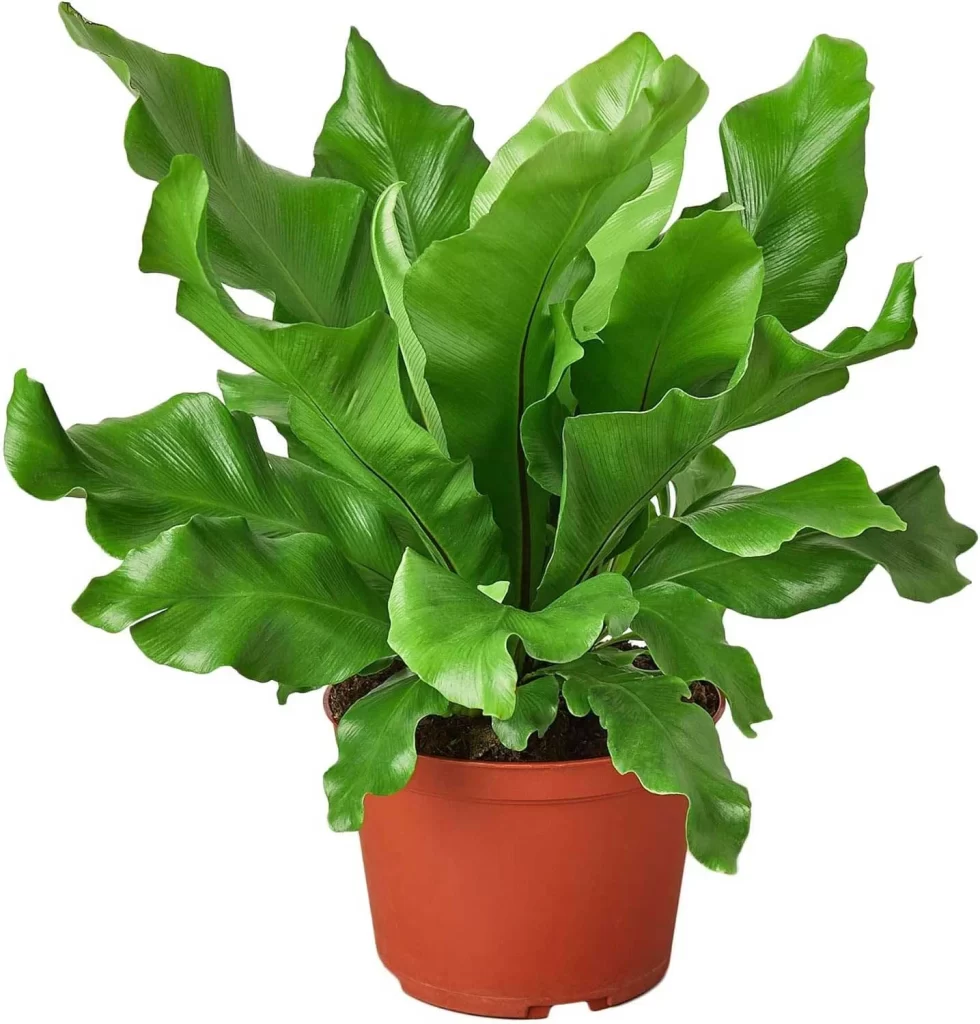
- Sword Fern (Nephrolepis cordifolia)
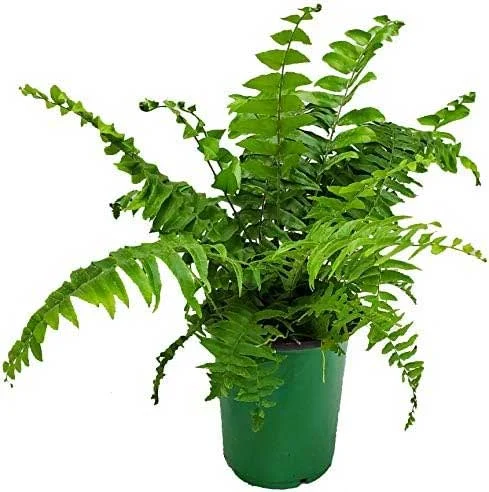
- Asparagus Fern (Asparagus setaceus) – not a true fern but similar in appearance
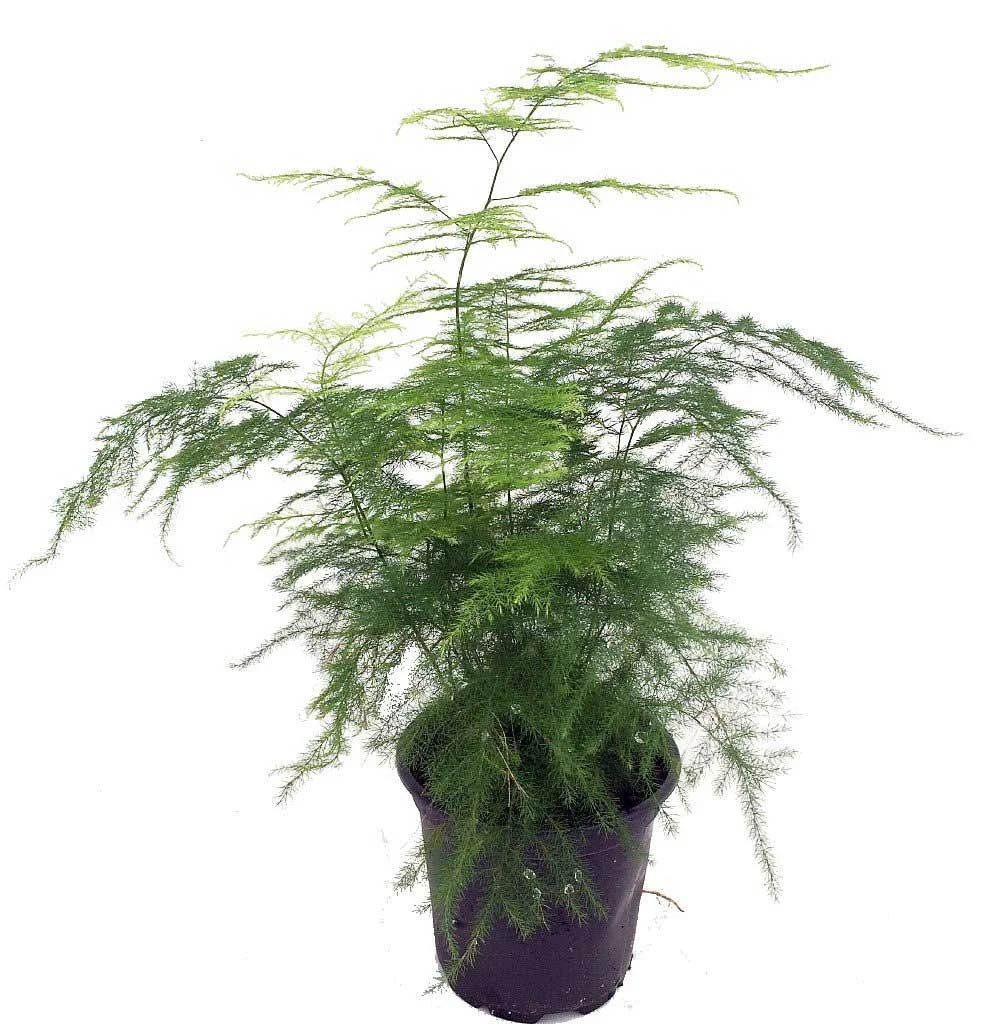
These add lush, textured foliage to shadier locations in living walls.
English Ivy (Hedera helix)
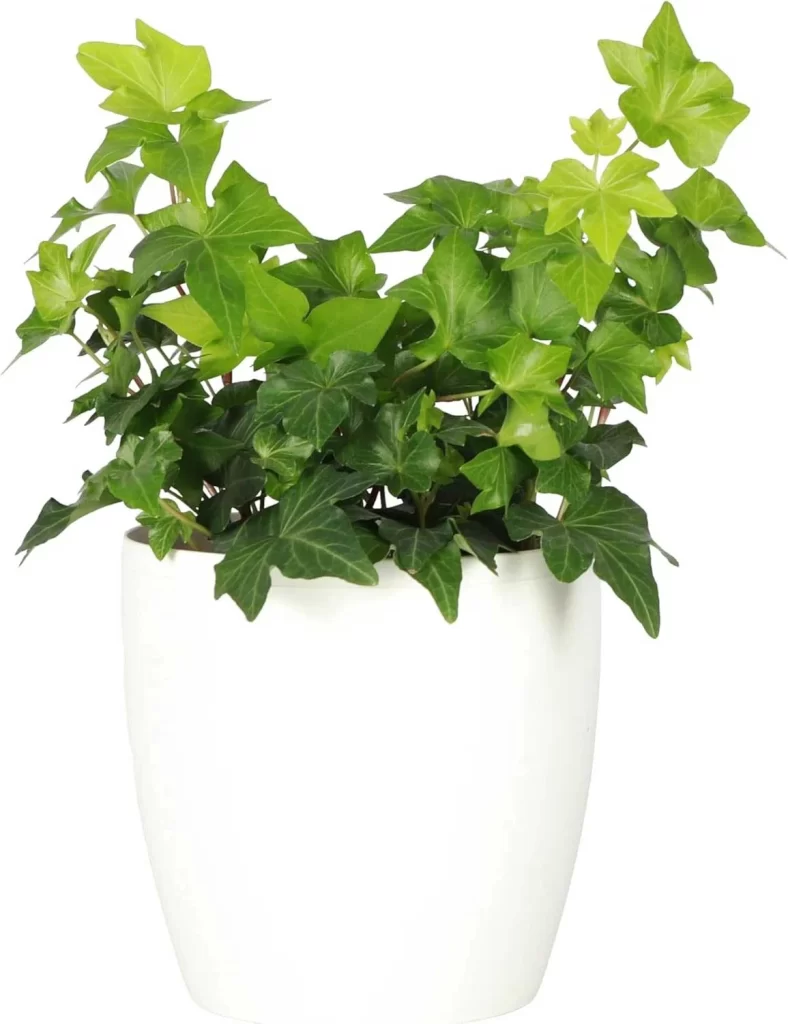
This evergreen vine provides:
- Excellent wall coverage with trailing/climbing growth
- Tolerance for various light conditions (full sun to full shade)
- Moderate watering needs
- Classic “green wall” aesthetic
Note: English ivy can be invasive in some regions
Smaller Foliage Plants
Baby’s Tears (Soleirolia soleirolii)
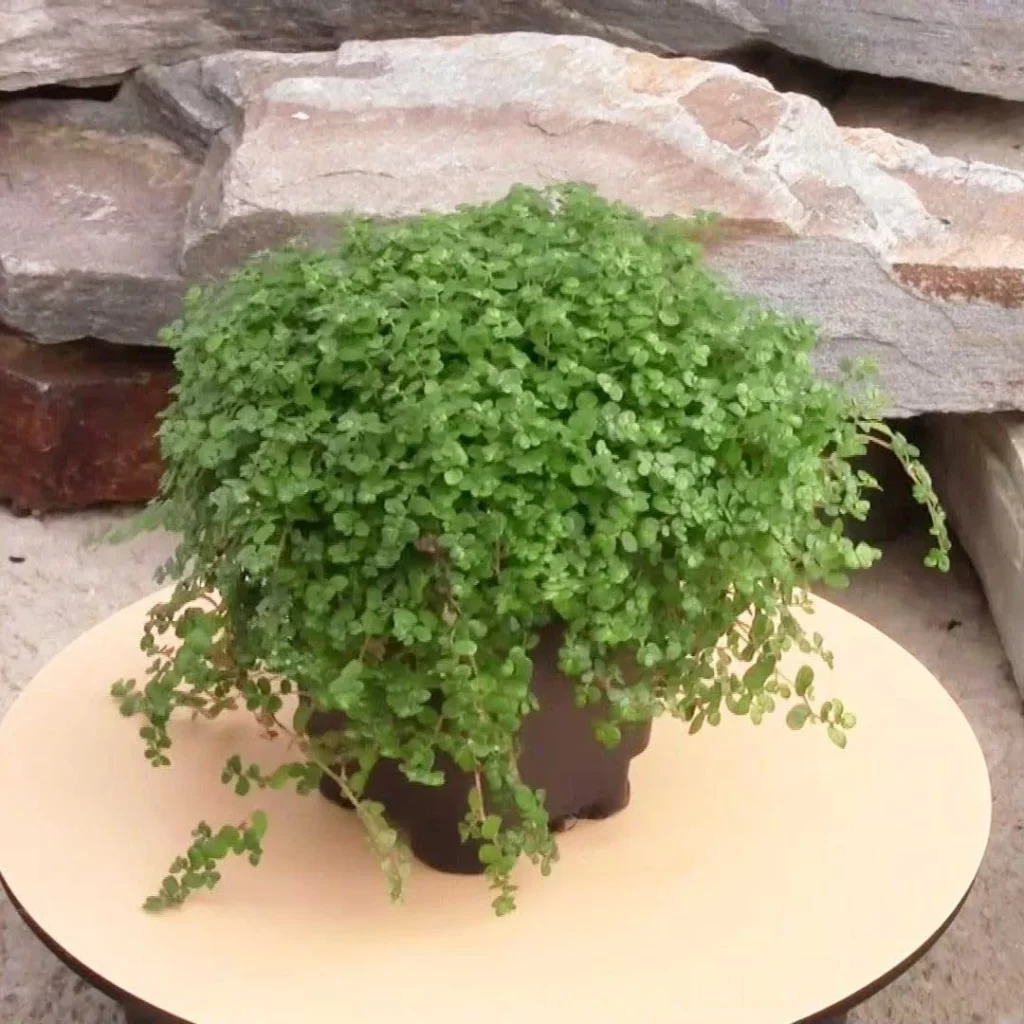
This creeping perennial offers:
- Tiny, round leaves forming a dense mat
- Fine texture that fills spaces beautifully
- Moss-like appearance for unique visual interest
- Preference for moist soil and indirect light
Chinese Evergreen (Aglaonema)
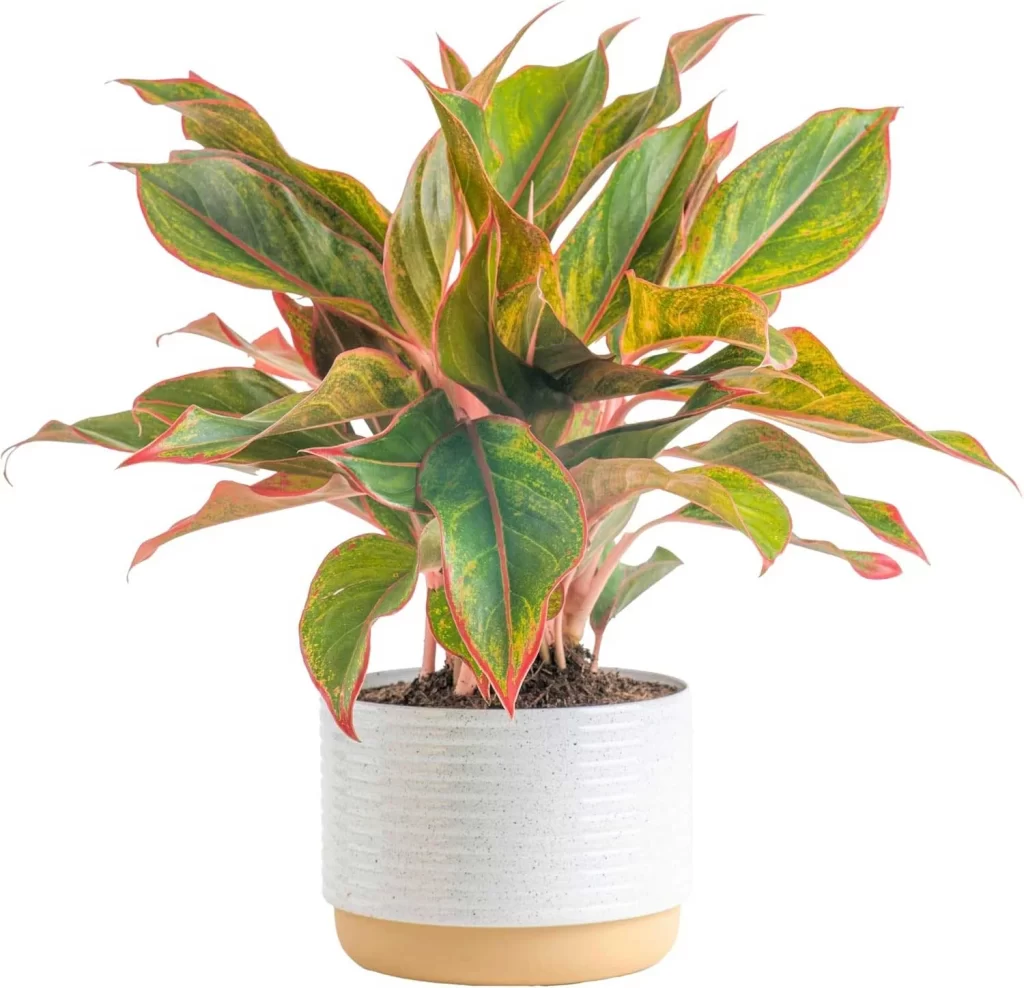
With its attractive patterned foliage, this plant provides:
- Tolerance for low to medium light
- Resistance to dry spells
- Moderate growth rate
- Variety of colors and leaf patterns
Peperomia
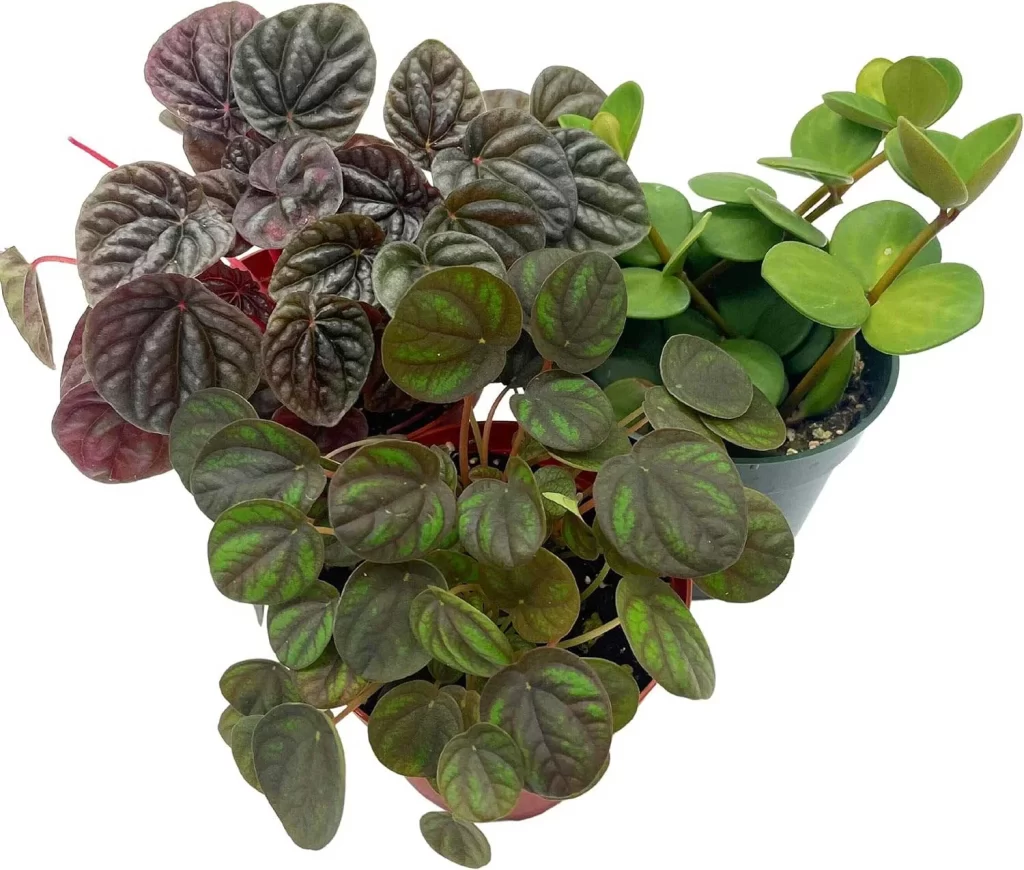
This diverse genus offers:
- Wide array of leaf shapes, colors, and textures
- Low-maintenance care requirements
- Semi-succulent nature that tolerates some dryness
- Numerous varieties for visual interest
Parlour Palm (Chamaedorea elegans)

This elegant plant contributes:
- Feathery fronds bringing tropical feel
- Suitability for low light areas
- Slow growth rate preventing overcrowding
- Adaptability to moderate humidity levels
Prayer Plant (Maranta leuconeura)
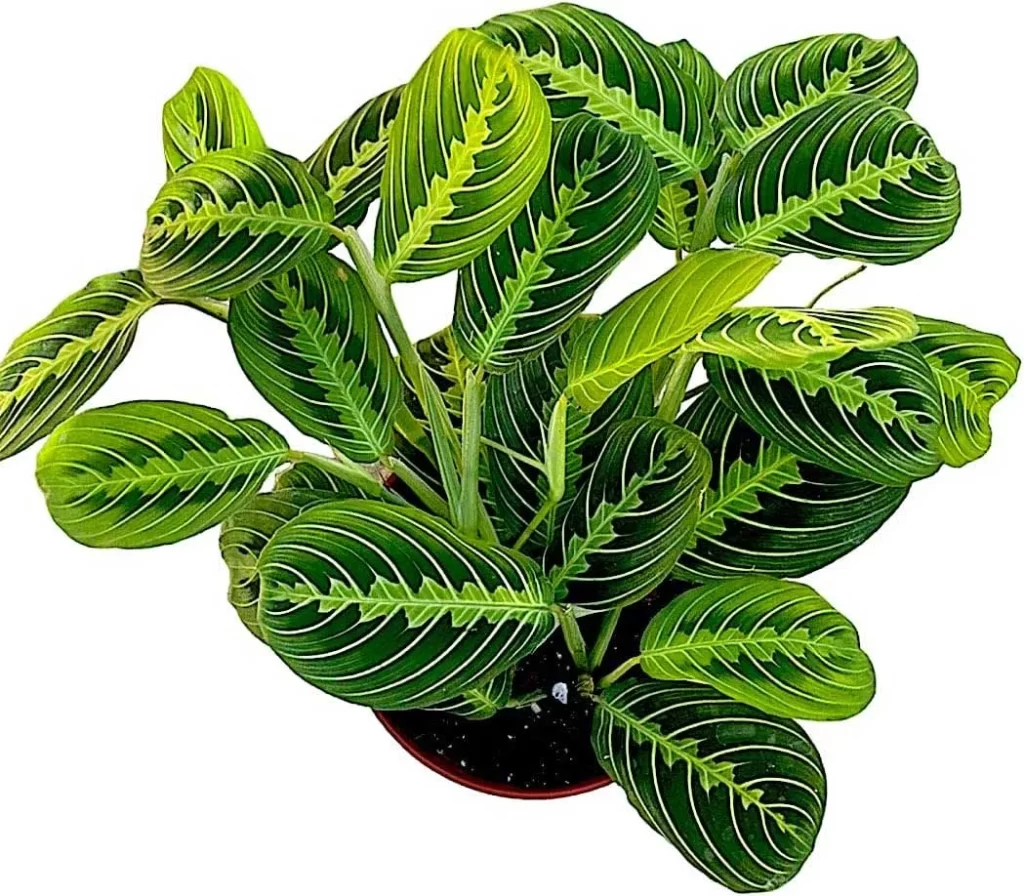
Known for its fascinating leaf movement, this plant features:
- Striking foliage patterns
- Leaves that fold upward at night (resembling praying hands)
- Unique visual interest
- Preference for medium light and higher humidity
Calatheas
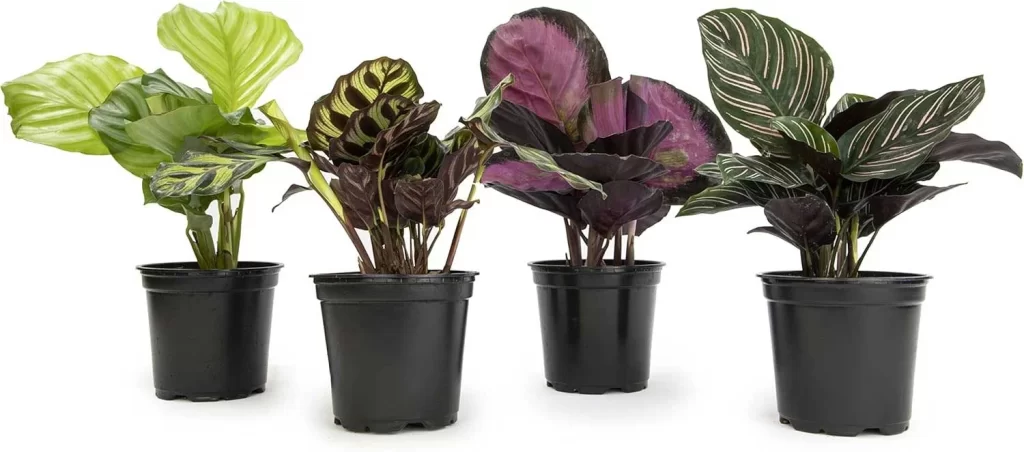
Related to Prayer Plants, Calatheas offer:
- Highly decorative, intricately patterned leaves
- Tropical beauty for living walls
- Adaptation to low/medium indirect light
- Easier-to-maintain varieties available
Care Guide for Low-Maintenance Living Wall Plants
Watering Needs
| Plant Type | Growing Season | Dormant Season | Special Considerations |
|---|---|---|---|
| Succulents | Allow soil to dry completely | Less frequent | “Soak and dry” method |
| Air Plants | Soak every 1-2 weeks | Every 2-3 weeks | Dry upside down after soaking |
| Pothos | Every 7-10 days | Less frequent | Allow top inch of soil to dry |
| Philodendron | Weekly/biweekly | Every 2+ weeks | Allow top 1-2 inches to dry |
| Snake Plant | Once weekly | Every 2-3 weeks | Allow soil to completely dry |
| ZZ Plant | Every 2-4 weeks | Every 4-6 weeks | Allow soil to completely dry |
| Ferns | Keep soil evenly moist | Slightly less | Avoid complete drying |
| English Ivy | When top 25-30% dry | Less frequent | Avoid standing water |
| Baby’s Tears | Frequently when dry | Slightly less | Keep consistently moist |
| Chinese Evergreen | When thoroughly dry | Less frequent | Tolerates dryness |
| Peperomia | Every 1-2 weeks | Every 2-3 weeks | Allow soil to dry out |
| Parlour Palm | When top 1-2″ dry | Less frequent | Allow slight drying |
| Prayer Plant | When top inch dry | Less frequent | Keep moist but not soggy |
| Calatheas | When top 1-2″ dry | Slightly less | Keep moist but not soggy |
Light Requirements
- Full Sun to Partial Shade: Most succulents
- Bright, Indirect Light: Air plants, Pothos, Philodendron, Peperomia, Prayer Plant
- Low to Bright Light (Versatile): Snake Plant, ZZ Plant, Parlour Palm
- Low to Medium Light: Chinese Evergreen, Calatheas
- Partial to Full Shade: Baby’s Tears, some ferns
- Adaptable to Most Conditions: English Ivy
Temperature and Humidity
Most plants in this list thrive in standard indoor temperatures (65-80°F/18-27°C), with specific preferences:
Temperature Preferences:
- Warmer (70-90°F): Snake Plants, some succulents
- Cooler (45-60°F): English Ivy prefers cooler indoor temperatures
Humidity Preferences:
- Low Humidity: Succulents
- Average Household Humidity: Snake Plant, ZZ Plant, Pothos
- Moderate Humidity: Air Plants, Philodendron, English Ivy, Parlour Palm
- High Humidity: Ferns, Baby’s Tears, Chinese Evergreen, Prayer Plant, Calatheas
Preventing Common Pests and Diseases
Maintaining a healthy living wall with minimal effort involves:
- Proper watering: Avoid overwatering that leads to root rot
- Good air circulation: Prevents fungal and bacterial diseases
- Regular inspection: Check for early signs of pests like spider mites, aphids, mealybugs, and scale
- Natural pest control: Neem oil or insecticidal soap can manage most infestations
- Quarantine new plants: Prevent introducing pests to your existing wall
- Maintain plant health: Healthy plants in their preferred environment resist problems naturally
Designing Your Living Wall
Effective Plant Combinations
- Group plants with similar needs: Combine plants with matching water and light requirements
- Create visual interest: Mix different textures, colors, and growth habits
- Consider growth rates: Place slower-growing plants where they won’t be overwhelmed
- Plan for coverage: Include trailing plants to cascade and fill empty spaces
Placement Tips
- Assess available light: Match plant selection to your wall’s light conditions
- Consider access for maintenance: Ensure you can reach all areas for occasional care
- Account for weight: Some plants and systems become heavier when fully grown and watered
- Allow for growth: Space plants according to their mature size
Conclusion
Living walls offer a compelling way to bring nature into various spaces, with low-maintenance plants making this possible even for busy individuals. By selecting drought-tolerant, adaptable, and naturally resilient plants suited to your specific conditions, you can create stunning vertical gardens that thrive with minimal care.
The diverse plant options—from striking succulents and unique air plants to lush ferns and trailing vines—provide endless design possibilities. With proper planning and plant selection, your living wall will become a beautiful, beneficial feature that connects you to nature with minimal effort.
Remember to consider each plant’s basic needs for light, water, temperature, and humidity to ensure a successful and rewarding living wall experience.
Dora Decora is a biophilic interior design specialist and passionate blogger. With a deep commitment to integrating nature into living spaces, Dora specializes in creating environments that foster human-nature connections through thoughtful design elements. Her approach emphasizes sustainable materials, natural lighting, and organic patterns that enhance wellbeing and reduce environmental impact.
This post (https://homechroma.com/the-most-popular-low-maintenance-plants-for-living-walls/) was originally published by Dora Decora on Home Chroma. As an Amazon Associates partner, qualifying purchases are compensated.
